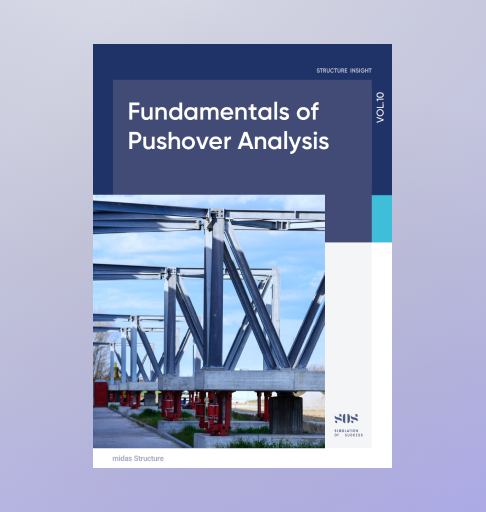Pushover analysis is a nonlinear static analysis method used in structural engineering to assess how buildings or structures respond to seismic loads. While it may sound technical, the core concept is simple: it helps engineers predict how a building will behave during an earthquake by simulating increasing lateral forces.
What is Pushover Analysis?
In seismic design, linear analysis methods are often insufficient for evaluating a structure's performance under large, unpredictable forces like those caused by earthquakes. This is where pushover analysis comes in. It involves applying gradually increasing lateral loads (sideways forces) to a structure until it reaches failure or its maximum capacity.
Key Steps in Pushover Analysis:
-
Initial Modeling: Engineers first create a detailed structural model of the building or system. This model includes all critical components such as beams, columns, and connections.
-
Applying Lateral Loads: The next step is to apply lateral forces to simulate the effects of seismic activity. These forces are gradually increased in magnitude.
-
Monitoring Structural Response: As the forces increase, the structural response is carefully monitored. Engineers look for key points of damage or failure, including when certain elements begin to yield or buckle.
-
Capacity Curve: The results are typically plotted on a graph, called a capacity curve, which shows the relationship between the applied force and the building’s displacement (how much it moves). This curve helps engineers understand the structure’s ability to withstand seismic forces.

Why Use Pushover Analysis?
Pushover analysis is beneficial because it provides insights into the nonlinear behavior of structures—something linear analysis methods can't capture. It allows engineers to:
- Identify weak points in the structure.
- Evaluate the potential for progressive collapse.
- Ensure that a building’s design can withstand earthquake forces and protect human lives.
Limitations of Pushover Analysis
While pushover analysis offers valuable information, it also has limitations:
- It’s based on simplified assumptions of how seismic forces are distributed.
- The accuracy of the analysis depends heavily on the initial model.
- It may not capture complex dynamic effects, such as changes in loading patterns during an actual earthquake.

Conclusion
Pushover analysis is a powerful tool in the structural engineer’s toolkit for evaluating seismic performance. By providing a detailed understanding of how a building will behave under increasing loads, it helps ensure that structures are designed to endure earthquakes, safeguarding both the integrity of the structure and the safety of its occupants.




![Design and Practical Examples of Baseplates and Anchor Rods [sample download]](https://2495902.fs1.hubspotusercontent-na1.net/hubfs/2495902/%EC%8D%B8%EB%84%A4%EC%9D%BC22.png)
![Understanding Drafting Standards [ Drawing download ]](https://2495902.fs1.hubspotusercontent-na1.net/hubfs/2495902/%EC%8D%B8%EB%84%A4%EC%9D%BC24.png)
![Key Changes in ACI 318-19: A New Standard for Structural Design [ PDF download]](https://2495902.fs1.hubspotusercontent-na1.net/hubfs/2495902/%EC%8D%B8%EB%84%A4%EC%9D%BC21-1.png)
![Design and Practical Examples of Lug design(ASME BTH-1) [sample download]](https://2495902.fs1.hubspotusercontent-na1.net/hubfs/2495902/%EC%8D%B8%EB%84%A4%EC%9D%BC20-1.png)




